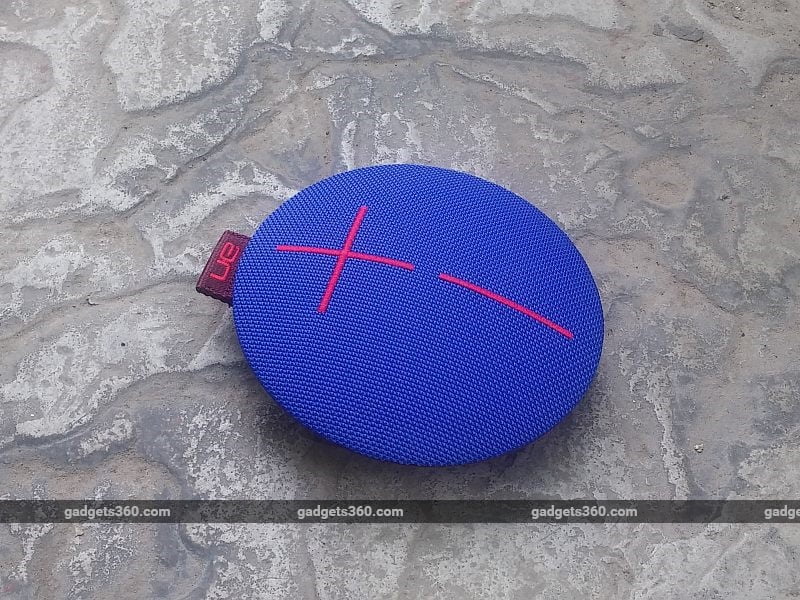Introduction
Chocolate is a beloved treat enjoyed by people of all ages around the world. However, like many indulgences, it raises concerns about its potential impact on dental health. One common question is whether chocolate can stain teeth. This article explores the relationship between chocolate and tooth discoloration, the factors involved, and how to mitigate any potential effects.

The Composition of Chocolate
Understanding whether chocolate stains teeth starts with examining its composition. Chocolate contains several components, including:
- Cocoa: The primary ingredient in chocolate, rich in polyphenols and tannins, which have antioxidant properties.
- Sugar: Commonly added to enhance the sweetness, contributing to tooth decay if not managed properly.
- Milk and Milk Solids: Found in milk chocolate and white chocolate, affecting the texture and flavor.
- Other Additives: Including flavorings, emulsifiers, and sometimes caramel or fruit.
Tannins and Tooth Discoloration
Tannins, found in cocoa, are known to cause staining. These natural compounds are also present in wine, tea, and coffee, and can bind to the enamel, leading to discoloration over time. Dark chocolate, which has a higher cocoa content, contains more tannins compared to milk chocolate or white chocolate.
The Role of Sugar
While sugar itself doesn’t stain teeth, it contributes to plaque buildup. Plaque, a sticky film of bacteria, can lead to cavities and gum disease if not removed regularly. Bacteria in the mouth feed on sugar, producing acids that weaken the enamel, making it more susceptible to staining from other foods and drinks.
Milk and White Chocolate: Lesser Culprits
Milk chocolate and white chocolate contain less cocoa and, consequently, fewer tannins. However, they often have higher sugar content, posing a different set of risks for dental health. While they are less likely to cause direct staining compared to dark chocolate, they can still contribute to plaque formation and enamel erosion.
Mitigating Chocolate’s Impact on Teeth
If you love chocolate but worry about its effects on your teeth, here are some strategies to help mitigate potential staining:
- Practice Good Oral Hygiene: Brush your teeth at least twice a day with fluoride toothpaste and floss daily to remove plaque and food particles.
- Rinse Your Mouth: After consuming chocolate, rinse your mouth with water to help wash away sugars and tannins.
- Limit Intake: Enjoy chocolate in moderation to reduce exposure to staining agents and sugar.
- Visit Your Dentist Regularly: Regular dental check-ups and cleanings can help manage plaque and catch any potential issues early.
Alternative Treats
If you’re particularly concerned about staining but still crave something sweet, consider alternatives such as:
- Fruits: Like apples and strawberries, which can help clean teeth while satisfying a sweet tooth.
- Sugar-Free Gum: Chewing sugar-free gum can increase saliva flow, which helps neutralize acids and wash away food particles.
Conclusion
While chocolate, especially dark chocolate, contains tannins that can contribute to tooth staining, its impact can be managed with proper dental care. By practicing good oral hygiene, moderating consumption, and making regular visits to the dentist, you can enjoy chocolate without significantly compromising the appearance of your teeth. Remember, maintaining overall dental health is key to preventing not just stains but also other oral health issues.










